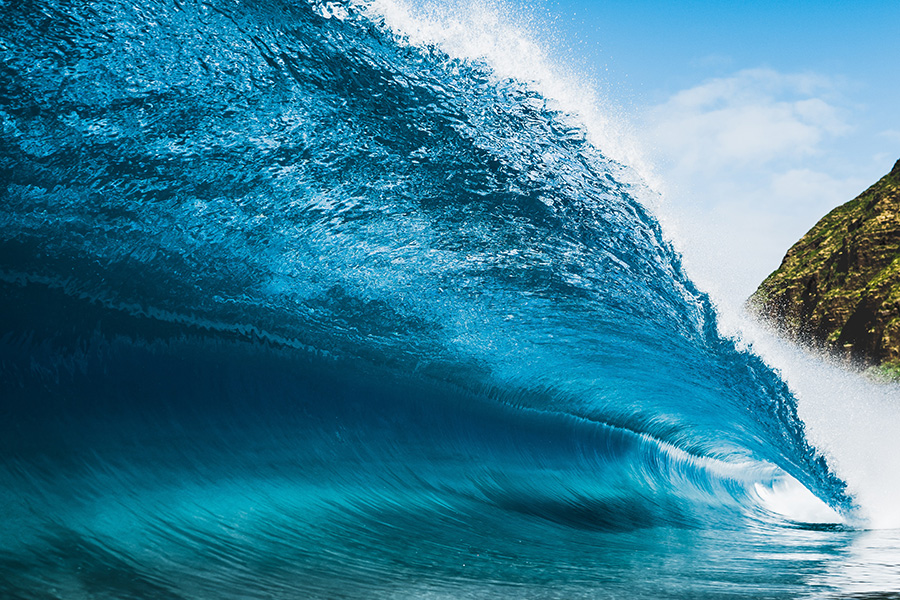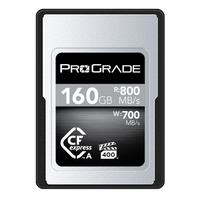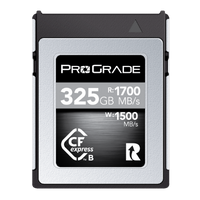Whenever you stumble on a sublime cinematic slow-motion video that leaves you with a mixed feeling of reverence, fear, and wonder, it is more often than not achieved by following three simple rules.
No. Not the, pull focus manually, make sure there is enough light and movement, and don’t forget to crank up your shutter speed kind of rules. Don’t get me wrong, these are also important, but they are merely one side of the coin and will only get you so far.
In today’s blog post, we are going to focus on the other side of the coin.
The one that quite often gets overlooked yet is equally as important, especially when you are after an awe-inspiring cinematic slow-motion video that could move people emotionally.
Plus, you probably do not need us to go over these standard rules and practices of shooting slo-mo video as they are widely discussed all over the internet, and you are likely well aware of them by now. If not, don’t worry. We listed them all at the end of this blog post. But for now, let’s dive into three rules professional directors, camera operators, and cinematographers follow when shooting slow-motion video.
1. Start with the “why?”
Every great high-quality slow-motion footage starts with a well-defined why. Whether it is a desire to elevate a decisive moment in a battle sequence, wish to highlight a graceful movement of a human body, or a need to make a point in a corporate film, professional filmmakers always have a clear reason to slow down the hands of time. That reason is hardly ever because it looks cool or because I have a camera that can shoot 4K in 120 fps.
If you do not ask yourself why your audience will. Slow-motion is a double-edged sword. It can turn ordinary into extraordinary, but when used without reason, it not only loses its impact but can make the story stumble and may even put off the audience. No matter how beautiful or well-executed it was.
Remember, you are telling a story. And like with any other type of footage, if a slo-mo adds to your story, go with it. If not, remove it from the timeline. (go with something else).
2. Plan ahead.
When a crew member approached seemingly bored Alfred Hitchcock and asked, How can you sleep on a busy set with all the actors and gaffers running around?” He replied, I have seen this movie already: I have been editing it in my head for the past few months.
You don’t have to be that far ahead and so detailed. Laying out a rough plan will already do wonders. For example, knowing when and where you will land those speed ramps, knowing how long will the breather be before everyone gets thrown back into the fast-paced turmoil, and having selected the music beforehand or having some idea for the sound design will help nail the shoot and make sure that you don’t have to compromise when editing. There’s nothing worse than returning with insufficient material or discovering that your slow-motion footage does not blend well with everything else.
3. Master the technique.
Shooting slow motion is not that different from shooting footage that will be played back at regular speed. It’s not like you have to crank the handle twice as fast to record 60 fps instead of 30 fps. That said, there are some differences. Clips that work well in slow-motion usually have a lot of movement or require specific movement from the camera operator. Stability is also essential, especially for longer clips that end up being used as a whole. Not to mention timing. After all, one second at 120 fps fills five seconds on your timeline. So, if you have a four-second caesura in music, you’d better complete that crucial half circle around your subject in 0.8 seconds.
All that must be considered, and it does make shooting slo-mo ever so slightly different. Particularly when you have a specific goal and wish to nail that epic cinematic slow-motion look and feel.
Luckily, getting it right is not hard and does not require climbing the highest mountain. Unless of course, you don’t shoot a freestyle skier coming down from Mount Everest, in which case you definitely have to climb the mountain. For everyone else, just getting some practice will do. Get to know those little details, befriend your camera and go through the motions a couple of times before the shoot.
Whenever we attempt to do something new, we are slow and must excessively think about what we do when we do it. That makes us clumsy and even insecure; we do not want to look awkward. Simple repetition makes that go away. Practice until you do not have to think about the actions anymore and can pull them off intuitively.
One more thing to consider…
It goes without saying that whenever you aim to measure up to what you see on a big screen, you should go after the best possible quality.
That does not mean getting new gear, but making sure you are not limited and get the best out of your existing gear. For example, Sony a7S III, alpha 1, FX3, and FX6 cameras can all record stunning slow-motion video in 4K with XAVC S-I codecs, but that requires faster, CFexpress Type A memory cards. It is similar to Canon EOS C500 Mark II and C300 MIII cameras. Like Sony counterparts, they also have SD card slots, but in order to get the best out of the cameras, CFexpress Type B cards are needed.
ProGrade Digital manufactures both of these cards, and they are specifically optimized for professional video recording. You can learn more about them here:
Here are the standard rules and practices for capturing cinematic slow-motion video. The ones you have probably heard before but are always worth reminding.
• Choose the frame rate according to the speed of motion.
If you need a dramatic head turn or a slow-motion of someone’s walk, 60 fps will work fine. But if there is a lot of detail and movement, like cars smashing through windows, you need to go with 120 fps or even a higher frame rate.
• Crank up the shutter speed.
Shutter speed should always double the selected frame rate unless you go for a specific look or an artistic effect, in which case – you do you and feel free to set the shutter knob wherever it best serves you! Otherwise, set the shutter at 1/120 for 60 fps and 1/240 for 120 fps, and so on. Don’t worry if you are unable to double the framerate exactly, just choose the closest available value.
• Go with sunlight whenever you can.
There is this nice thing about the sun that it’s powerful, free, and never flickers. However, if daylight is not an option for you, you need to make your own sun. In other words, you’re going to need a lot of light because the faster shutter will drop your exposure significantly. CRI lights are an option, so are LED lights. Tungsten, however, is not the safest bet, as they may require a power generator to corner the flickering. Most importantly, whatever you go with, make sure you test it out before the shoot.
• Go manual.
High frame rates can make your lens pulse, resulting in footage that constantly oscillates between in and out of focus. To avoid that, turn off autofocus and go manual.
• Consider bigger storage.
Higher frame rates mean more data. Going from 30 fps to 120 fps means a memory card that can hold 60 minutes of 4K video will now fit only 15 minutes or so. That can quickly become critical. To avoid this, we recommend using a card with a higher capacity. That way, you do not have to be so careful about how much you shoot.
The highest capacity of ProGrade Digital CFexpress Type A cards is 160GB, CFexpress Type B Cobalt cards go as high as 650GB, and CFexpress Type B Gold cards even up to 1TB. Click the links in line above to find out more about them!





